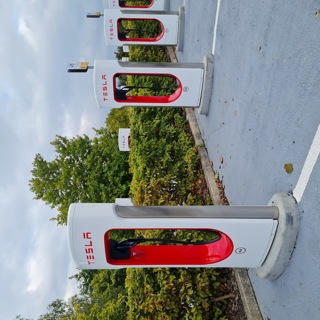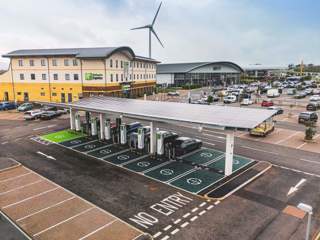Location data should be used by local authorities to ensure that electric vehicle chargepoints are fitted in the best places, a new report says.
The Government’s Geospatial Commission says the transition to EVs will be enabled by a dependable, well-located public charging network that councils are ideally placed to help deliver.
Its Charging Ahead report points out location of chargepoints is as important as absolute number, with local authorities well placed to identify local needs and play a fundamental role in facilitating private sector investment.
They must make informed decisions about how many, which types and where chragepoints are installed, based on demand and site suitablility.
Viscount Camrose, minister, department for science, innovation and technology, said: “The transition to EVs is central to the government’s plan to decarbonise the transport sector, keep the UK at the forefront of clean transport and tackle pollution, all while seizing the potential for growth and job creation in the UK’s growing EV industry.
“Local authorities and the wider sector should continue to embrace new location data and analysis to accelerate the targeted rollout of chargepoints so that drivers can find and access reliable chargepoints wherever they live.”
The report explores the breadth of location data and applications available to support local authority decisions about were to install new chargepoints and identifies five opportunities to better use existing location data, as well as new sources of information to:
- Understand the location and availability of existing chargepoints by making chargepoint operator data standardised and consistent
- Understand consumer charging behaviour and travel patterns by using population movement data
- Identify the location of EVs by using commercially-held data about leased vehicles
- Identify existing electricity network capacity through better use of distribution network operator data
- Identify areas without off-street parking by using proxy data.





















Login to comment
Comments
No comments have been made yet.